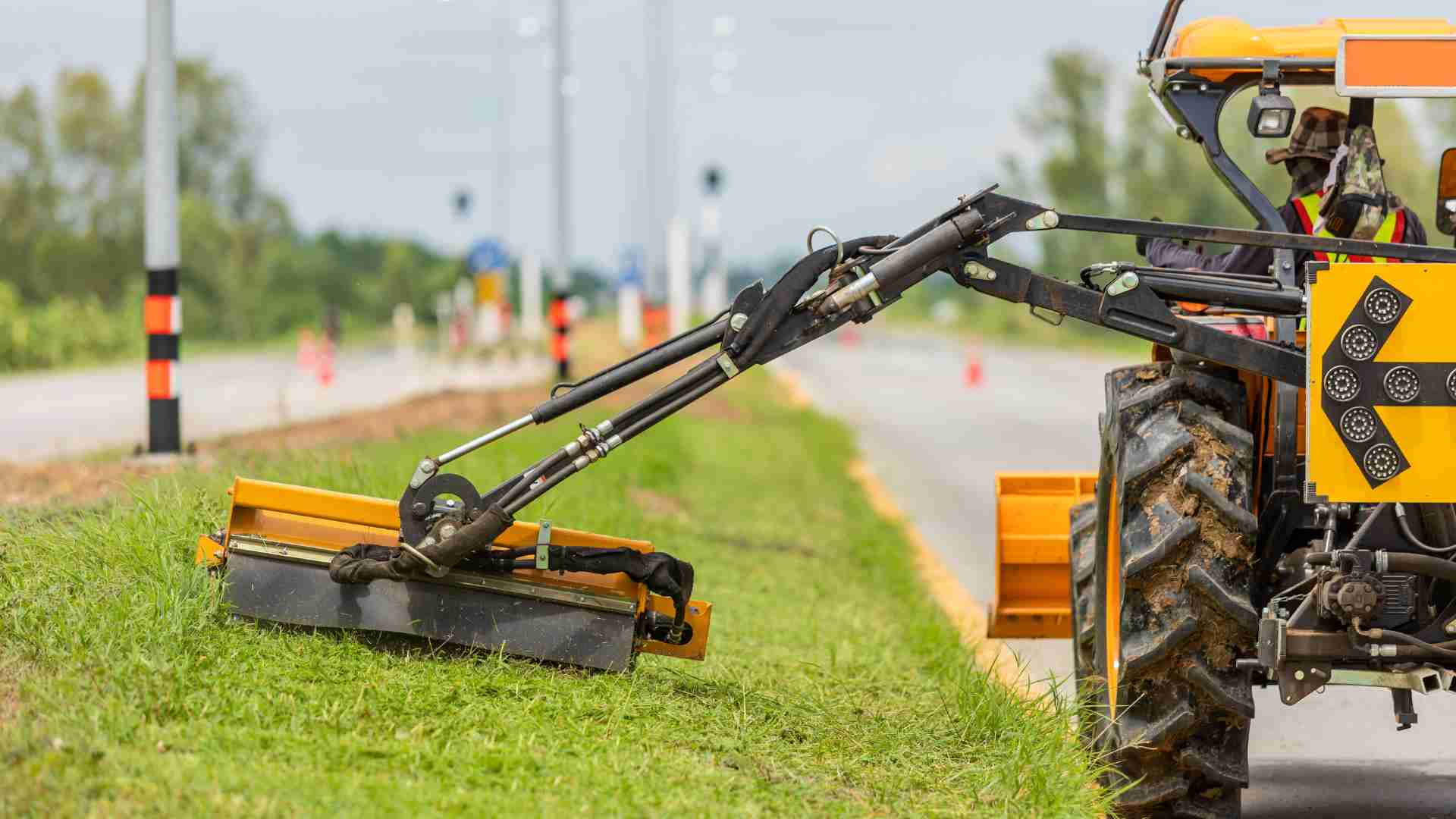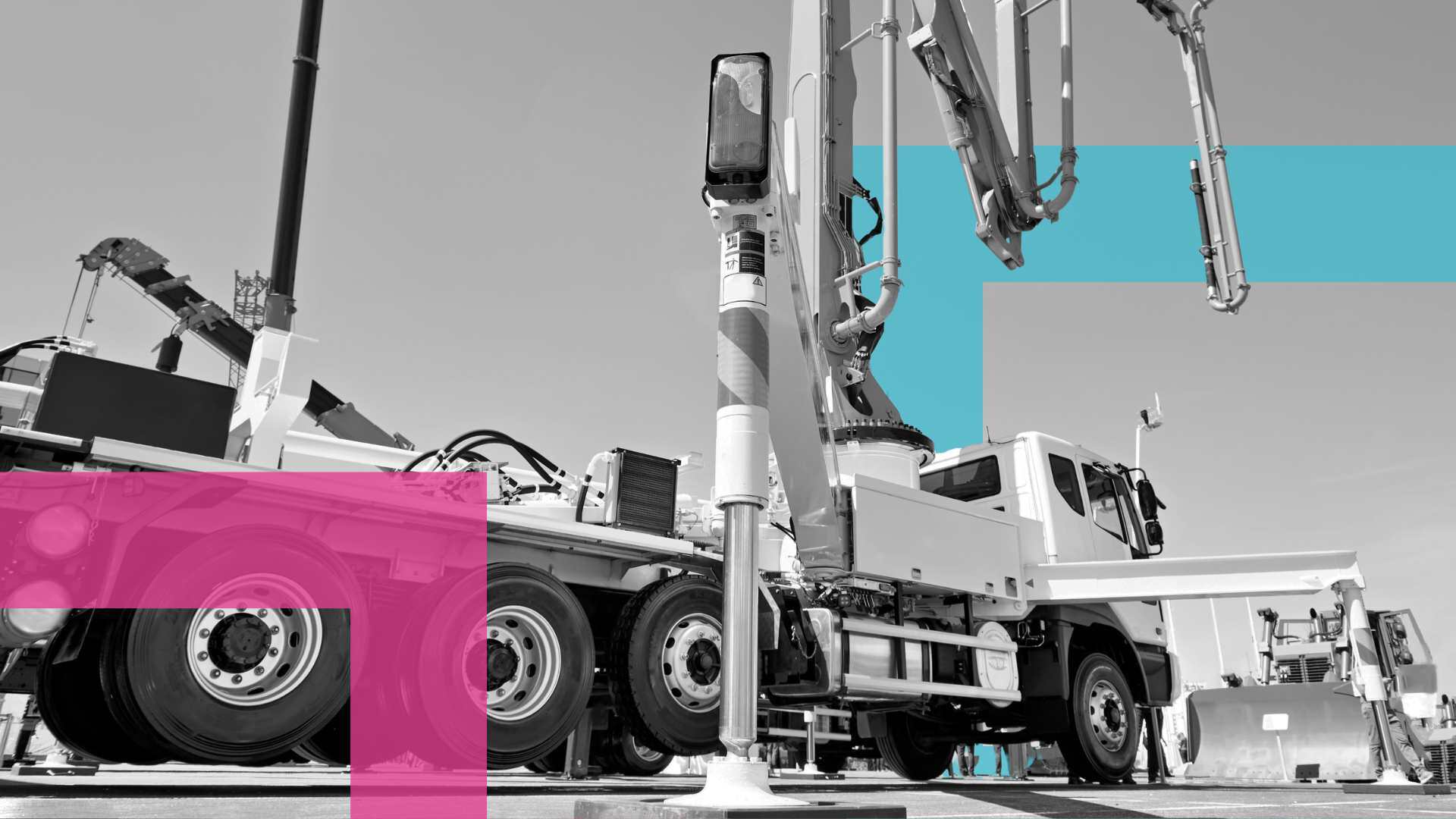Pre Start Plus rebranded to Ideagen Asset Guard
Ideagen Plant Assessor is pleased to announce the rebrand of its flagship pre-start app, Pre Start Plus, to Asset Guard. This rebrand aligns with...
|
|
Machinery Pre Starts
|
|
|
Risk Management &
|
|
|
Document Management
|
|
|
Dashboards & Reporting
|
|
|
Machinery Risk Assessments
|
|
|
Service & Maintenance
|
|
|
Safe Operating Procedures
|
|
|
MySite
|
|
|
View All Features |
Case Studies
Hear from our clients
Events
Find us at industry events
Guides
Find industry-specific guides
Learn
Educational content
News & Articles
Industry news and articles
Safety Legislation
We keep up with safety legislation
so you don't have to
Videos
Find overviews and informative
videos here
Webinars
View upcoming and on-demand webinars
Promotions
See our current promotions
FAQ
All of our frequently asked questions
Help Centre
How to use our software
View a Demo
Let us walk you through Ideagen Plant Assessor features
Release Centre
Product updates and release information

Maintaining a well manicured lawn requires the right equipment, and at the forefront of this stands the lawn mower. This machine plays a vital role in ensuring lawns of all shapes and sizes are kept tidy and inviting. This ultimate guide to lawn mowers covers everything you need to know about this machine, from its components and attachments through to popular models and safety issues to be aware of.
In this article:
Industries lawn mowers are used in
Popular makes of lawn mower in Australia
Potential hazards and safety issues with lawn mowers
What should a lawn mower risk assessment cover?
A lawn mower is a motorised or manually operated machine designed to cut grass to a desired height in an efficient and precise manner. Lawn mowers come in various configurations and the choice of configuration is dependent on the size of the lawn being mowed and the operator’s appetite for manual labour.
Lawn mowers have a few key components including:

Lawn mowers are used across a wide variety of industries. Some of these industries include:
There are various different types of lawn mowers available for hire and purchase. Your choice of mower will be dependent on the location of the lawn, its purpose or industry and its size. The different types of lawn mowers include:

Lawn mowers vary significantly in size. The size is determined by cutting width, overall dimensions and engine power. There are three main size categories of lawn mowers.
Compact mowers typically have a smaller cutting width ranging from 16 to 21 inches. These mowers are lightweight and maneuverable, making them suitable for use on small lawns, or compact, residential areas.
Lawn mowers in the medium size classification generally have cutting widths of 21 to 42 inches. While these mowers are still known for maneuverability, they are also designed for efficiency in cutting lawns in larger areas such as large residential yards, parks and sports fields.
Large lawn mowers have cutting widths exceeding 42 inches, ideal for improving efficiency. These mowers are commonly used in commercial landscaping, agriculture and the maintenance of large parks and sporting grounds.
It’s also worth noting the height, width and length of the lawn mower will also vary for each machine. This may have an impact on their ease of use and storage. Therefore, when selecting a lawn mower, it is important to consider not only the cutting width, but also its physical dimensions.
The purpose of a lawn mower can be transformed through the use of attachments. Some of the most popular attachments include:

There is a large variety of lawn mower manufacturers worldwide but there are a few particular makes that are most popular in Australia. Some of these include:
Honda is a globally renowned machinery manufacturer known for its reliability and innovative engineering. In Australia, Honda mowers are favoured for their powerful engines and fuel efficiency. One of the most popular models of Honda mower is the HRX217 which features the Versamow system used to shred, bag or mulch leaves.
Husqvarna mowers are highly regarded in Australia for their quality, durability and ergonomic design. Husqvarna offers a wide range of mowers including diesel, petrol and battery-powered models however, the Automower series of robotic mowers autonomously maintains lawns, helping these models to gain popularity amongst busy homeowners.
Popular in the landscaping and agricultural industries, John Deere is trusted for its durability and reliability. The John Deere X700 ride-on mower is a favourite in Australia, ideal for residential lawns, while the ZTrak series is popular for larger lawns and commercial applications.
Masport mowers are popular among Australians for their quality manufacturing and grass collection capabilities. The President series is highly regarded for its steel decks and Briggs & Stratton engines, while Masport also has electric and battery powered mowers available for the environmentally conscious.
Known for its rugged construction and versatility, Rover mowers are popular in Australia for their ability to tackle harsh lawn conditions. Models like the Rover Rancher are favoured thanks to their heavy-duty frames and powerful engines, while more eco-friendly battery-powered options are also gaining popularity.
Victa is an iconic Australian brand that has gained major popularity since its establishment in 1952, known for its affordability and simplicity. Among popular Victa models is the Corvette series which feature Briggs & Stratton engines and alloy decks. This series is ideal for residential use, however Victa manufactures lawn mowers to meet many different needs.
Like all machines, lawn mowers can be hazardous to operate. Some of the main hazards to be aware of include:
Lawn mower blades rotate at high speeds and cause severe injuries when contact is made with them. Operators should wear sturdy, enclosed footwear and avoid wearing loose clothing that could get caught in the rotating blades. It is also essential to turn off the mower and wait for the blades to come to a complete stop before performing any maintenance or adjustments to the machine.
Uneven terrain, slopes and obstacles can cause mowers to tip and roll over. Operators should exercise caution when mowing on inclines; it is recommended to mow across the slope rather than up and down to avoid the risk of tipping. Avoiding sudden manoeuvres can also help to reduce the risk of lawn mower roll over.
We’ve seen a number of avoidable lawn mower rollovers occur here at Ideagen Plant Assessor that have resulted in serious injuries or fatalities. Take a look at this article for further advice on how to reduce the risk of such incidents.
Petrol-powered lawn mowers emit toxic carbon monoxide gas. To avoid carbon monoxide poisoning, it is crucial to ensure the mower is not operated indoors or in enclosed areas.
Lawn mower engines and exhaust systems can become hot during operation, posing the risk of burns when contact is made with them. Avoid touching these components during and immediately following use and allow them to cool completely before conducting maintenance or refuelling.
Mowers can propel rocks, sticks and other debris at the operator at high speeds, posing a serious injury risk. Inspect and clear the lawn of any debris prior to operating the mower and wear personal protective equipment (PPE) such as safety glasses and a face shield to reduce the risk of injury should debris strike the operator.
Lawn mowers, especially petrol-powered models, can generate high levels of noise during operation, which may exceed safe limits and pose hearing loss risks to operators and bystanders. Operators should wear hearing protection such as earplugs or earmuffs, while engineering controls including noise reducing mufflers and administrative controls such as scheduling mowing for appropriate times, should be implemented.

A thorough risk assessment should be carried out on lawn mowers prior to its first use and periodically throughout its lifespan. These risk assessments will help to identify any hazards that could pose risks to the operator and any other people in the vicinity of the mower. Some of the areas this risk assessment should cover include:
A risk assessment should involve a comprehensive inspection of the lawn mower for signs of wear and tear, damage or malfunction that could become hazardous.
Assess the severity and likelihood of each identified hazard to determine the level of risk posed to operators, bystanders and property.
The next step in the lawn mower risk assessment should cover the control measures used to mitigate the risks associated with each hazard. This could include elimination, substitution, engineering controls, administrative controls or PPE, as stipulated by the hierarchy of control.
Establish a schedule for monitoring the controls implemented and maintain them to ensure the highest possible efficacy. Schedule future inspections to ensure they are conducted on time and hazards are not going uncontrolled.
Ideagen Plant Assessor can help! We have a team of machinery safety experts on hand to provide you with advice on how best to maintain the safety of your lawn mower and ensure its compliance with all legal obligations. Contact us today on 1300 728 852 or info@assessor.com.au.
Disclaimer: This information is intended to provide general information on the subject matter. This is not intended as legal or expert advice for your specific situation. You should seek professional advice before acting or relying on the content of this information.
About the Author
Matt Ireland is the Technical Compliance Manager at Ideagen Plant Assessor. His expertise and knowledge of machinery compliance stems from a broad range of experience in the construction industry. He has also personally inspected and completed over 15,000 machinery risk assessments as a Field Officer in our Professional Services Team. Matt’s integral role involves taking technical documents such as Australian standards and legislation, interpreting them and translating them into the IP that makes the Ideagen Plant Assessor software unique. Read More.

Ideagen Plant Assessor is pleased to announce the rebrand of its flagship pre-start app, Pre Start Plus, to Asset Guard. This rebrand aligns with...
.png)
Many businesses operating machinery still rely on traditional paper pre start books for daily machinery checks. While these booklets serve their...

A concrete company based in Melbourne has been convicted and fined $30,000 after an incident involving a concrete pump resulted in a worker’s hand...